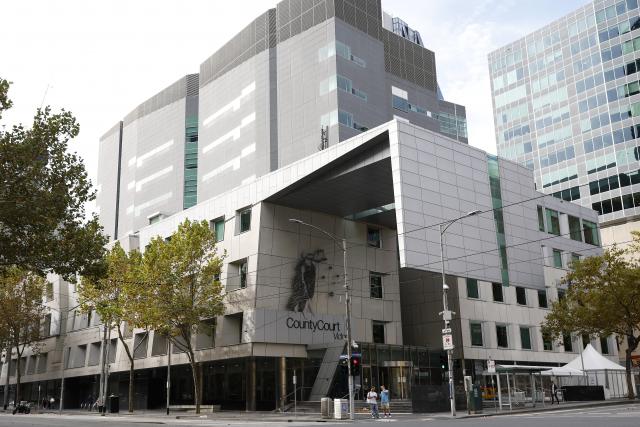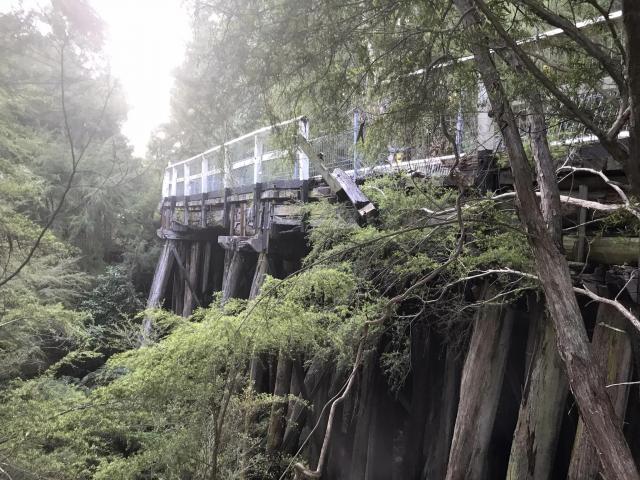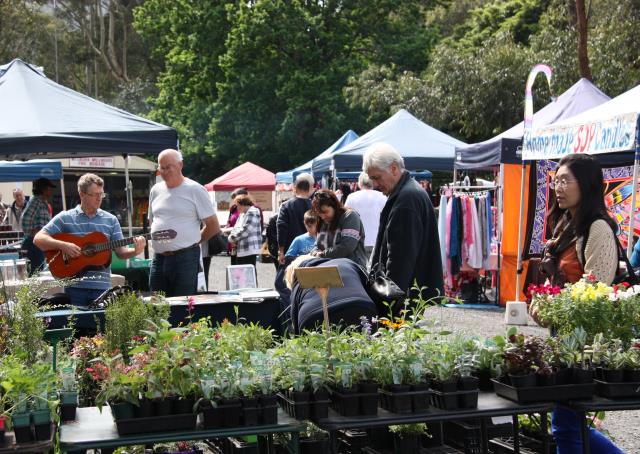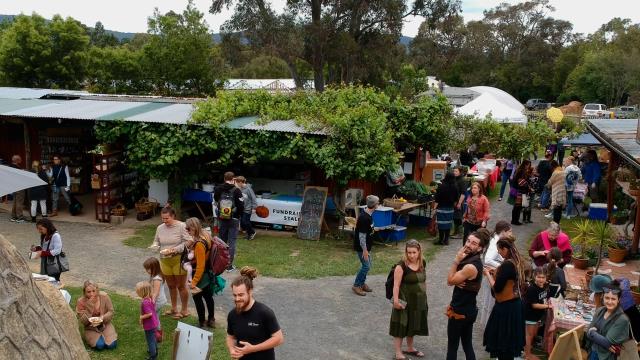Doing something is better than nothing when faced with having to deal with heart
failure, as Kath Gannaway found out.
“WHAT you have to remember, is that if you are doing CPR, that person is already dead; it can only get better,” says Murray Ellis.
As a level two first aider with Badger Creek CFA and at Healesville Sanctuary where he works, Mr Ellis is well trained in CPR.
His no-nonsense approach is reassuring.
First, for anyone – trained or not – called on the administer CPR, the message is that whatever they do is better than doing nothing.
Second, you can be fairly sure that if Mr Ellis is delivering CPR, any doubts he has about his technique won’t be taking up valuable time.
Mr Ellis’s colleague Leonie Hawke and former colleague and CFA volunteer Kerri Weaver spoke with the Mail last week as part of the Mail Newspaper Group’s CPR awareness campaign.
They are part of two organisations whose members, unlike most members of the public, have the benefit of regular training to keep up their CPR skills.
At the sanctuary, as part of a program called the Public Access Defibrillator Program, they also have the huge advantage of having a semi-automatic defibrillator.
With up to 3000 visitors through the gate on a busy day, more than 90 staff on the books and about 20 volunteer guides on the property each day, the potential for a heart-stopping incident at the sanctuary is always there.
As well as the possibility of heart attack, the need for CPR could come from drowning or such things as an allergic reaction to a sting or a diabetic incident.
“We have had quite a few incidents, including some heart attack victims, where we have had to administer oxygen but, luckily, so far we haven’t had to use CPR or the defibrillator,” Ms Hawke said.
The story is different for Ms Weaver who has been doing first aid classes for 14 years and is currently studying with the aim of becoming a paramedic.
With a CFA colleague, two years ago she was called on to administer CPR at a shed fire.
An elderly man who suffered from angina had collapsed after putting the fire out.
“I felt confident, strangely enough, but it was terrifying at the same time,” Ms Weaver said.
“Once we started doing compressions and giving oxygen, the colour came back in him and it was obvious the circulation had improved.
“We worked on him for 20 to 25 minutes before the ambulance arrived and kept going for another 20 minutes after that while the paramedics attended to him,” she recalled.
Unfortunately, despite their efforts the man died and Ms Weaver said that brought the realisation that even with the best training and the best will in the world, CPR does not always have a happy ending.
“Every now and then I will get upset thinking about it, just because it didn’t work out the way we had hoped,” she says.
“But I don’t regret the experience. It’s hard to explain, scary and upsetting as it was, I would do it again tomorrow if I had to.”
A visit by the man’s family to the fire station a short time after the tragedy helped.
“They were so thankful that we had at least given it everything we could,” Ms Weaver said.
“That made a difference.
“To know that the family were grateful that we did everything we could.”
For tourism and other organisations that deal with large numbers of people, and for emergency services such as CFA and SES who, by the very nature of their work, often deal with life-threatening situations, CPR is not an option – it’s part of what they do.
Do something! – it might help
Digital Editions
-

Additional charges for Alpine Hotel manager who sexually assaulted 17-year-old
An ex-hotel manager at the Alpine Hotel supplied a teen with alcohol before sexually assaulting her, the County Court has heard. 35-year-old James Stewart pleaded…





